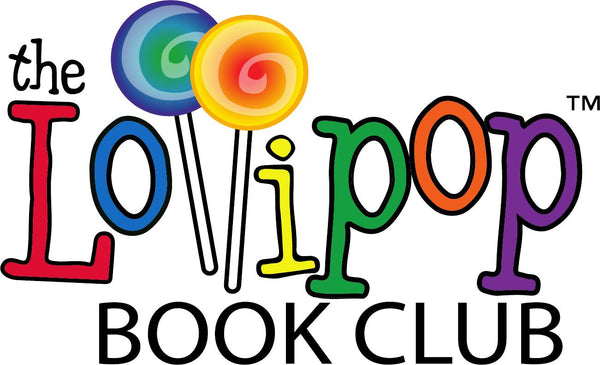Most people know that carrots are loaded with Vitamin A and are often associated with good eye health. In fact, there are so much nutrition packed in these orange vegetables that parents should try to work them into their children's daily snack routine. Magnesium, Vitamin K, potassium, and Vitamin C are just are few more of the vitamins that are crucial to a child's development. Here are some facts about carrots that kids will love to know.

Everything to Know About Carrots
Lots of kids have a few things to say about these crunchy vegetables. For example, it's common knowledge that they are good for your eyes. Little ones also might know that they grow underground and that bunny rabbits love to nibble on them. Children's books about carrots feature characters who love to snack on these crunchy vegetables. Non-fiction books are also good for expanding a little one's knowledge about carrot facts and all the health benefits. Read more to learn about all the nutritional benefits, how farmers grow and harvest them, the role of insects in pollinating the flowers, the various colors, and some quirky carrot trivia.

(1) Most people only eat the root.
The long, orange crunchy part of this vegetable is actually the root. Most of the nutritional value of this vegetable is concentrated in this section. However, the seeds, flowers, and leaves are also delicious and edible components. They can be used in salads, to make jellies, and to add flavoring to recipes.
(2) The first carrots were not orange.
The color we most associate with carrots was cultivated by Dutch horticulturists in the 1600s. In fact, there are a wide variety of colors dating back hundreds of years ago. They can be found in shades of white, purple, red, and yellow even today in different parts of the world.
(3) Farmers will replant the best carrots from a harvest so that high quality seeds are produced from that batch.
The leaves are removed and the root is placed underground. After the cold weather passes, the carrots breaks their dormancy period and sprout up from the ground with brand new leaves. Soon they will flower and grow seeds that can be used to grow a brand new crop.

(4) The tiny white umbels, or flower clusters, produce nectar.
During the summer months when carrot flowers are in full bloom, gardens are buzzing with pollinators eager to get their tongues on the valuable nectar. Insects like syrphid flies, bees, and ladybugs especially benefit.
(5) Baby carrots are not actually a separate variety.
A prudent farmer in California was unhappy with discarding carrots that either did not fully mature or had unappealing blemishes. So he began carving these imperfect products into tiny, perfectly shaped objects with no signs of imperfection. Other farmers caught on to the idea and together began promoting baby carrots as a healthy alternative to crunchy chips and junk food.
(6) Consuming an excessive amount of carrots can change skin color.
Just like everything else in life, moderation is key. Also, the exact quantity that pushes individuals over the top varies based on weight, age, metabolism, and lots of other health factors. One of the major downsides of consuming too many is discoloration of the skin. Carotenemia, a condition in which the skin turns orange or yellow, has been reported by individuals who eat about 10 carrots per day over several weeks.
(7) Eating too many carrots can be bad for your health.
These vegetables have high sugar content, so diabetic individuals need to keep their nibbling in check. Also consuming too much beta-carotene, a healthy antioxidant found in carrots, can interfere with the role of Vitamin A in protecting your bones, vision, skin, immune system, and metabolism.





